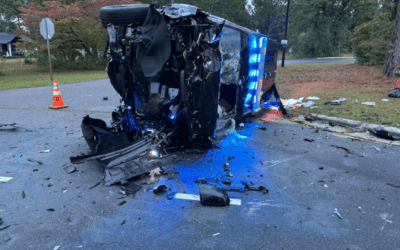EPISODE 124
symphony of terror

For all its chaos, the stereotypical active shooter situation is fairly straightforward: There’s a bad guy killing people, and the good guys need to close with him and stop him as quickly as possible. The events of November 2008 in the Indian city of Mumbai, however, showed us another, complex, kind of active shooter event and Mike takes a look at the takeaways from those fateful days.
The Mumbai incident, perpetrated by a squad of ten terrorists who had been through a rigorous selection and training process, introduced multiple novel problems worth considering. What happens when there are multiple shooters at different scenes simultaneously? When they have access to serious arms, including grenades, possibly provided by a foreign actor? When they use structure fires as a weapon? When they have outside command-and-control monitoring the news and communicating with the shooters via cell phone? These and other complications inherent in an attack like this are examined in this episode.
Like what we’re doing? Head over to Patreon and give us a buck for each new episode. You can also make a one-time contribution at GoFundMe.
Intro music credit Bensound.com
CLICK BELOW TO SUBSCRIBE NOW ON YOUR FAVORITE PLAYER
THANK YOU TO OUR SPONSORS! PLEASE GO CHECK THEM OUT
Recent Episodes
To Chase or Not to Chase: Are the Risks of a Pursuit Worth It?
Police pursuits remain one of the most dangerous and controversial aspects of law enforcement work. This episode examines the data, decision-making, and policy implications surrounding vehicle chases — from the moment the lights come on to the moment a supervisor calls it off. Mike and Jim discuss pursuit criteria, liability, follow-up tactics, and leadership under pressure, connecting lessons learned in the field to the broader goals of risk management and public safety.
“Don’t drop the airplane to fly the radio”: Managing Bandwidth
In a crisis, you can’t save everyone—you have to triage. The same is true in life. In this episode, Jim and Mike unpack the idea of bandwidth: how much you can actually handle before performance starts to break down.













